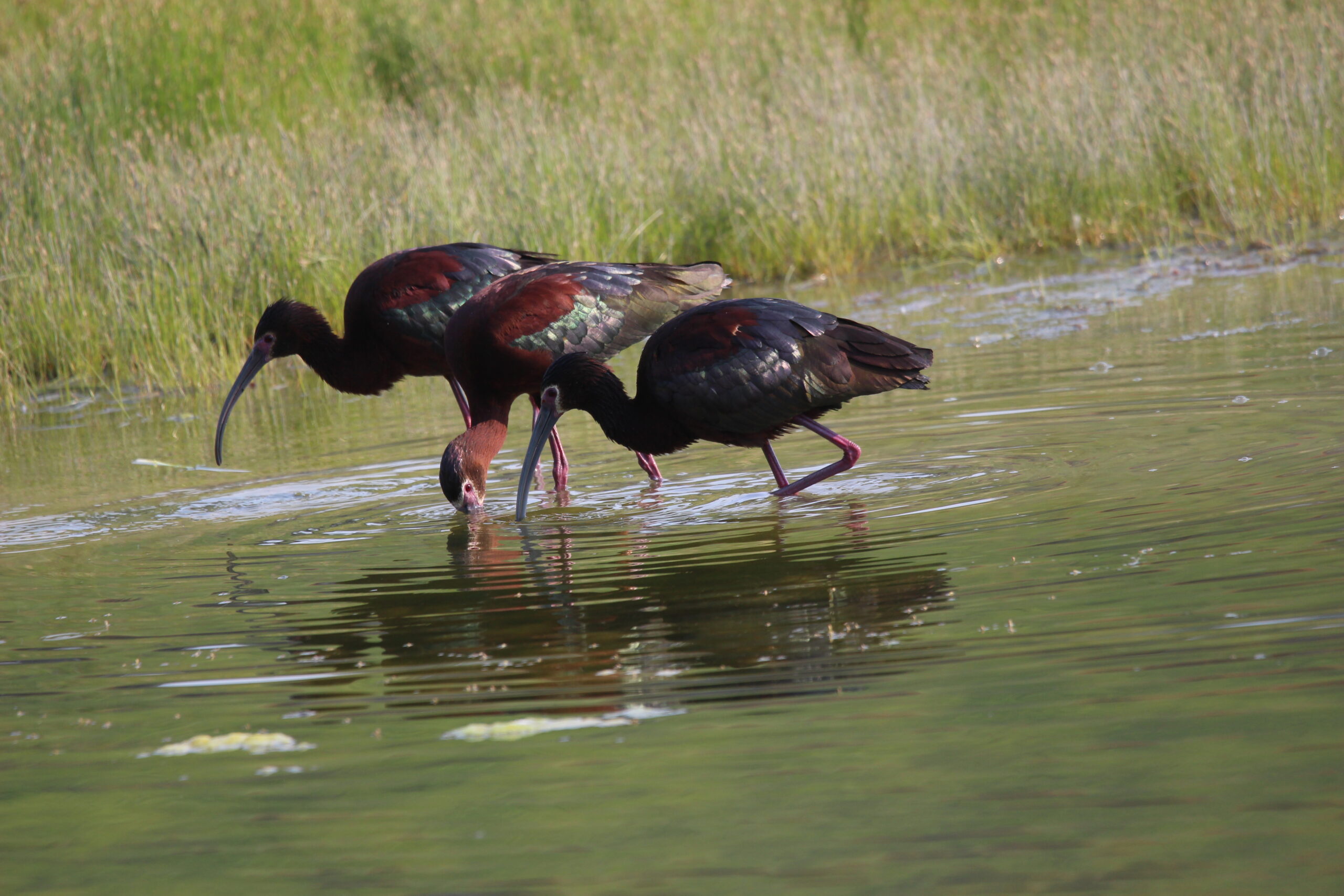When my wife and I were dating, we decided to spend an evening reading each other our favourite story. Without telling each other what our favourite story might be, we both sat on the couch after supper one night and pulled out our stories to share. We were surprise, even amazed, that of all the short stories, we each picked the same one: “L’homme qui plantait des arbres,” a french story translated into english as “The man who planted trees.” It is the fictional story of Elzéard Bouffier who faced hardship in his life and so moved to a barren rural area of France where people lived in poverty. There were no trees, rivers, green life, and villages were in ruin. The few that lived in that area were cruel to each other and existed in deeply broken relationships. He decides to commit his life to planting trees. Bit by bit, first as a shepherd, then later as a beekeeper, he plants seedlings and acorns. The story is told through the eyes of a traveller who follows the tree-planting man as he quietly plants groves and forests through two world wars. In the end we discover that more than trees have been planted. Out of the endless new forest emerges springs of water, wildlife, and the setting for new villages to emerge and provide a hopeful place for community to emerge. It is a powerful story.
The CBC, in 1987, made a short animated film based on the story which earned an Academy Award. You can find it online. But the story itself has been in my mind for years. It captures the beautiful work of loving a place well, building something simply and tenderly for a generation, and leaving our work for others to enjoy. This is my hope.
In Ethiopia much of the country was deforested in the last century. Famine and political strife caused many to cut down trees and whole forests. The result has left the country barren, dry, and in many placed it is still suffering tremendously. The country went from having 45% of its land covered in forest to just 5% today. But researchers have found something surprising. Around most churches the people left, untouched, clusters of trees. They call these the church forests. Here scientists are discovering little pockets of biodiversity, a haven for animals, unique plants, bugs, and even a safe place for people and community to rebuild. This has become more than church property, it has become the starting point for something new.
Today the Orthodox Church in Ethiopia is finding itself the unlikely re-builder of their surrounding communities and country, due in large part to the spaces they have preserved from destruction. Now, instead of defensively preserving the last forests, these communities are using these pockets of life to re-forest their dry and barren lands. Trees, water, life, and community may be re-establishing once again. It’s a powerful story.
What are the pockets of hope and who are the persistent planters in your community? What is happening your neighbourhood that shines as a beacon of life for others? May we each discover how we play a part in bringing life to our community, how we can be the voice of hope and love, and may we see the places where growth will one day replace what is barren.




